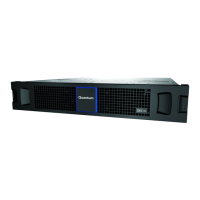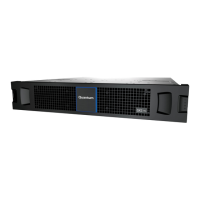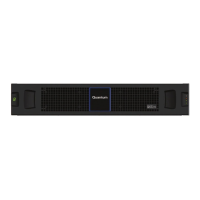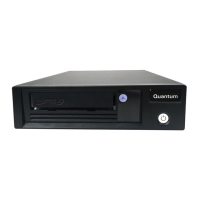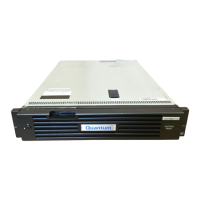Troubleshoot/Problem Solving 139
Host I/O
When troubleshooting drive and connectivity faults, stop I/O to the affected disk groups from all
hosts as a data protection precaution. As an additional data protection precaution, it is helpful to
conduct regularly scheduled backups of your data. See also Stopping I/O on page 181.
Dealing with Hardware Faults
Ensure that you have obtained a replacement module of the same type before removing any faulty
module as described in Module Remove and Replace on page 165.
IMPORTANT: If the chassis system is powered up and you remove any module, replace it
immediately.
If the system is used with any modules missing for more than a few seconds, the chassis can
overheat, causing power failure and potential data loss. Such action can invalidate the product
warranty.
IMPORTANT: Observe applicable/conventional ESD precautions when handling modules and
components, as described in ESD Precautions on page 165.
Avoid contact with midplane components, module connectors, leads, pins, and exposed circuitry.
Isolating a Host-Side Connection Fault
During normal operation, when a controller module host port is connected to a data host, the port’s
host link status/link activity LED is green. If there is I/O activity, the host activity LED blinks green. If
data hosts are having trouble accessing the storage system, and you cannot locate a specific fault or
cannot access the event logs, use the following procedures. This procedure requires scheduled
downtime.
IMPORTANT: Do not perform more than one step at a time. Changing more than one variable at a
time can complicate the troubleshooting process.
Host-Side Connection Troubleshooting Featuring CNC Ports
The procedure below applies to controllers employing small form factor pluggable (SFP) transceiver
connectors in 4/8/16Gb/s FC, 10GbE iSCSI, or 1Gb/s iSCSI host interface ports. In the following
procedure, “SFP and host cable” is used to refer to any qualified SFP option supporting CNC ports
used for I/O or replication.
NOTE: When experiencing difficulty diagnosing performance problems, consider swapping out one
SFP at a time to see if performance improves.
1 Halt all I/O to the storage system. See also Stopping I/O on page 181.
2 Check the host link status/link activity LED.
